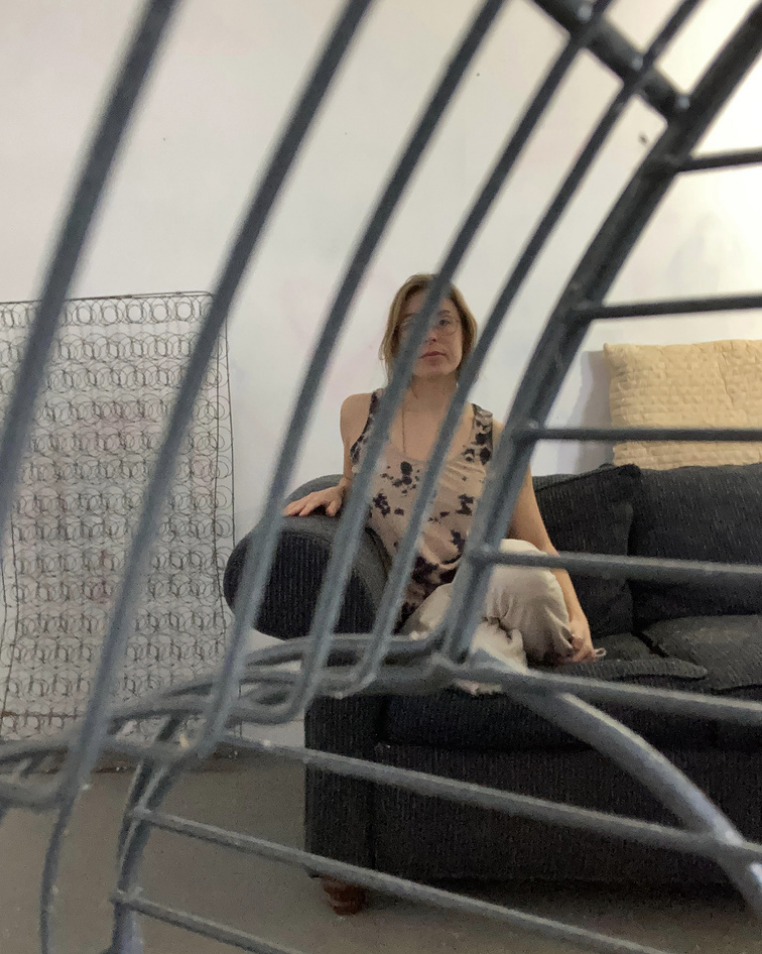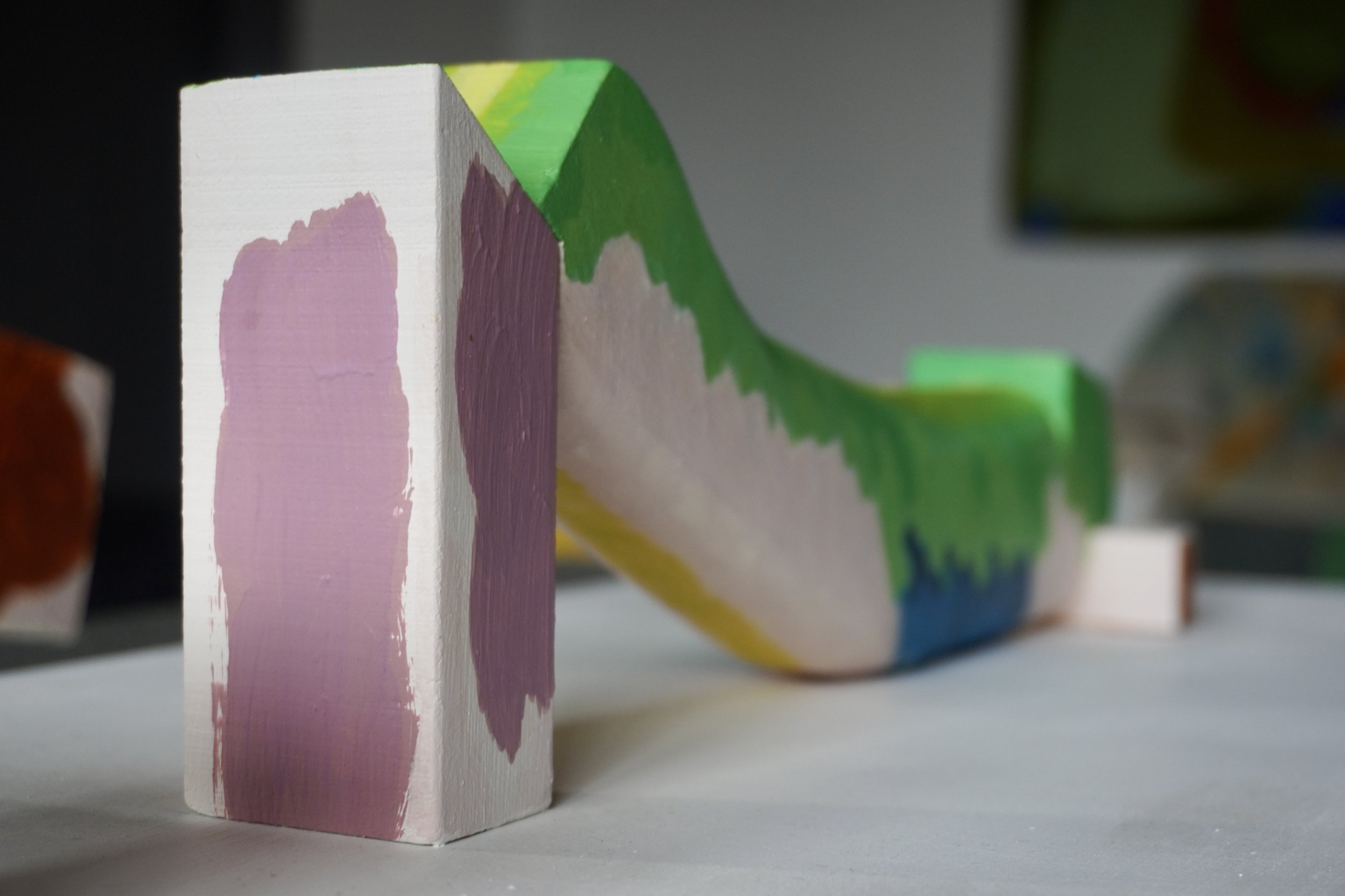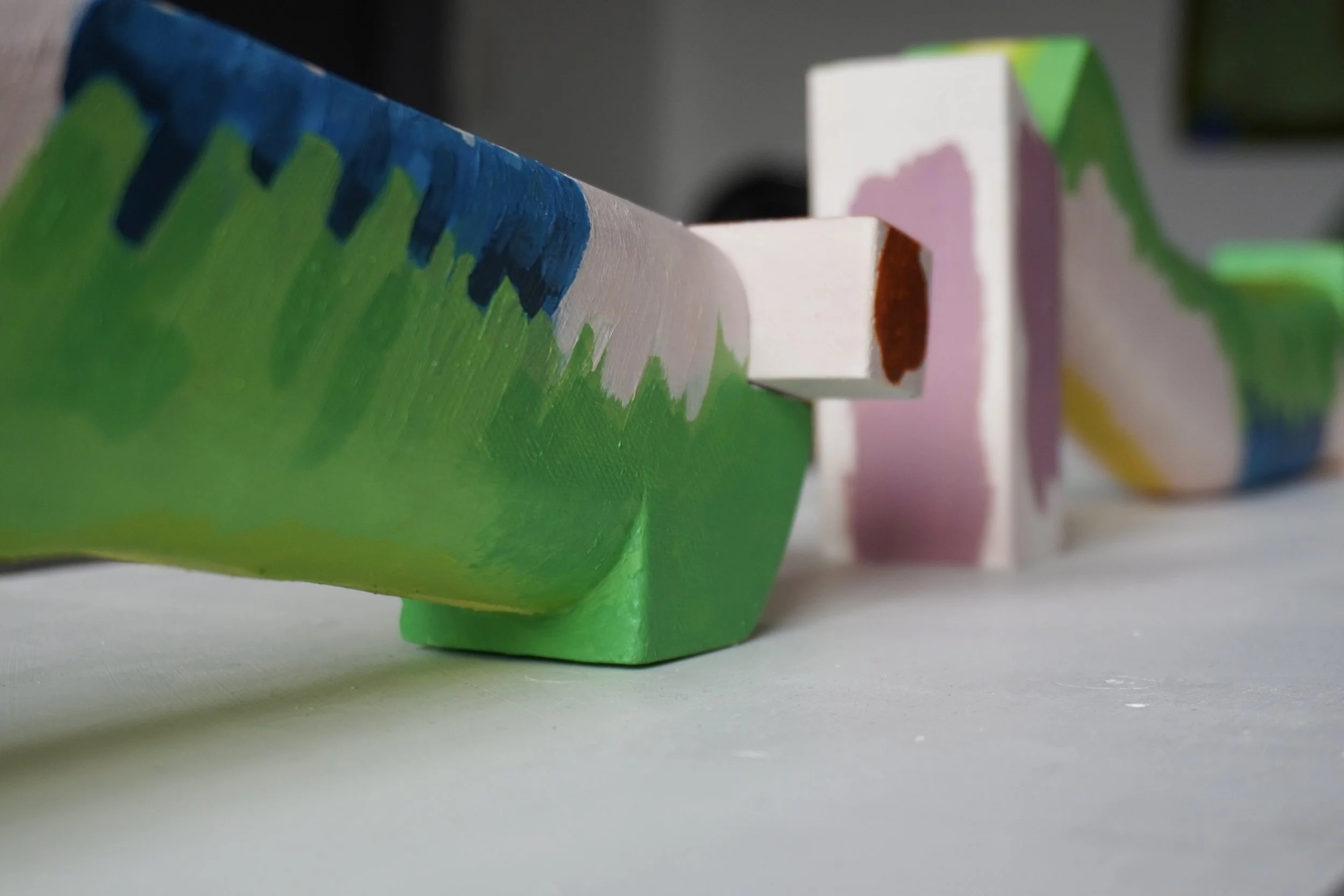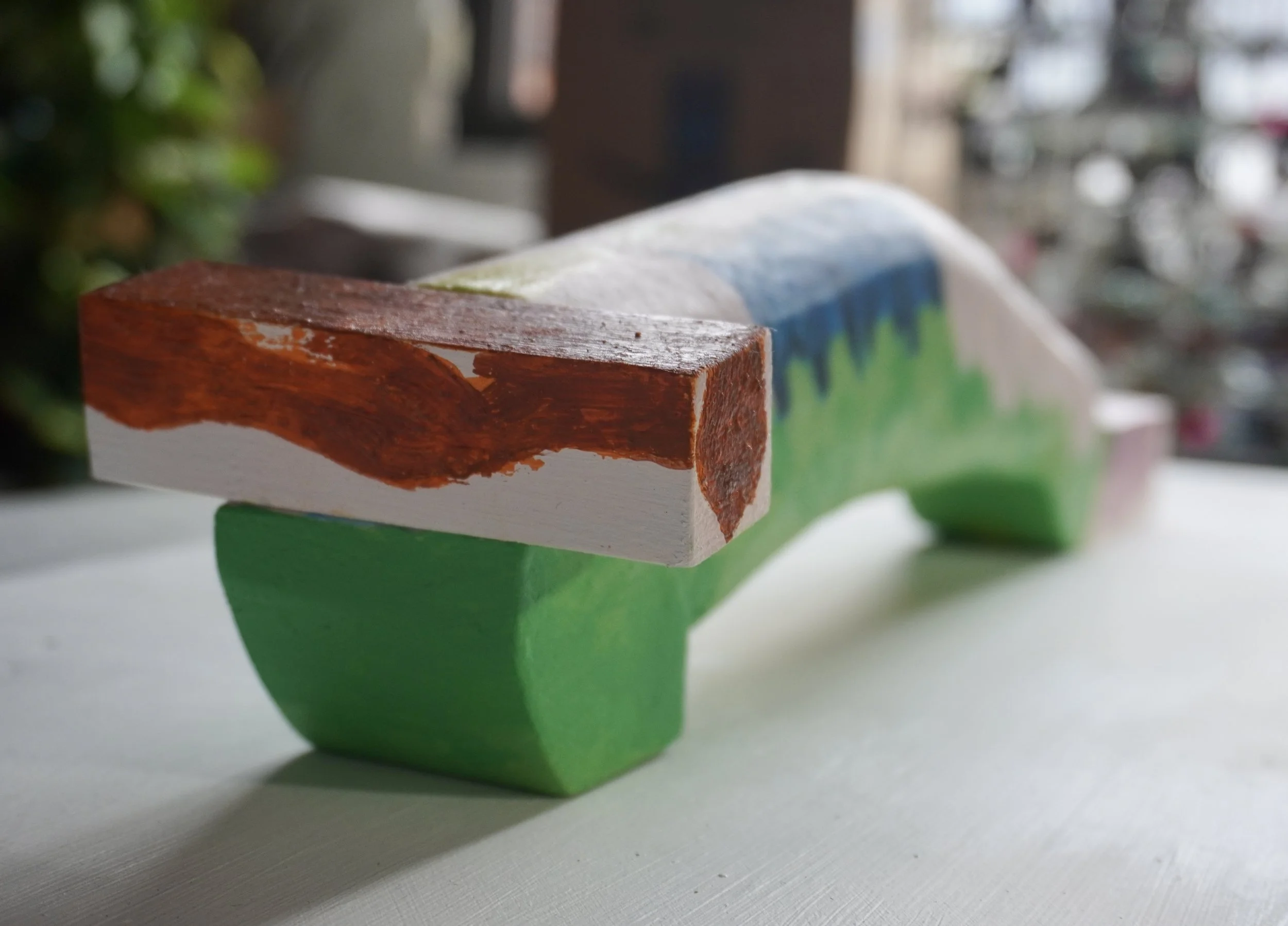allison hornak
artist grant: memorializing space
Allison is a transdisciplinary artist whose practice spans sculpture, performance, and writing, deeply rooted in the multispecies and material concerns. Growing up on the land of the Paugussett, Pequonnock, Schaghticoke, and Wappinger, she now resides in New Haven, where she maintains an art studio and actively engages with the local arts community. Her work delves into the entanglement of human and nonhuman elements, using her interactions with her four uncaged budgerigars—Toby, Mantis, Louie, and Caesar—to explore her histories, identities, and corporeal significations. Through her art, Allison aims to address white supremacy culture, seeking to embody the journey of abolishing internalized oppression, inspired by the artist Tourmaline.
Allison's work thrives in chaotic and dynamic spaces, where she engages with fellow artists in grassroots collaborations outside formalized institutions. This approach has been transformative, leading her to blend her academic experiences with a desire to dissolve traditional art arenas and integrate with nature and community. She envisions a thriving New Haven art scene where diverse art communities support each other autonomously, free from institutional exploitation, and where local artists create critical poetic discourses. For Allison, art serves as a healing practice by challenging oppressive cultural structures on a local level, fostering localized methods of resistance and healing.
Haven Arts Park’s debut initiative of Diary Disks was driven by the concept of creating art installations and providing a space for active reflection on the community's pandemic experience. The initiative focused on conversations about the importance of having spaces to reflect on these experiences in community, in public space. This value is one of memorializing our experiences collectively.
The sculpture proposal to be centered at the heart of Haven Arts Park, in the “Memorializing Gathering Space,” embodies healing functionality and natural aesthetics, designed to foster community interaction and reflection. Enveloped in the colors of nature, its form welcomes visitors to engage closely by sitting, walking, or dining on it.
The piece’s dual ends, sculpted for seating, and a central gap ensure seamless integration with the park's pathways and pose an alternative to benches. As a landmark to the park, it stands as a testament to remembrance and reflections on how the passage of time and cycles of life encourage innovations, referencing Sarah Boone’s (b. 1832 - 1904) ironing board — a creation to facilitate the ironing of narrow sleeves and waists, a significant achievement that further solidified New Haven as a pillar of the corset industry at the time, where Boone resided in Newhallville.
By day, Hornak’s sculpture radiates vibrancy with its lively hues soaking in the sunlight, and by night, under bright lights it becomes a beacon of safety and visual delight, further unifying the community in this park, but also taking us back to the nineteenth century to remind us of an overlooked innovator from the New Haven community.





